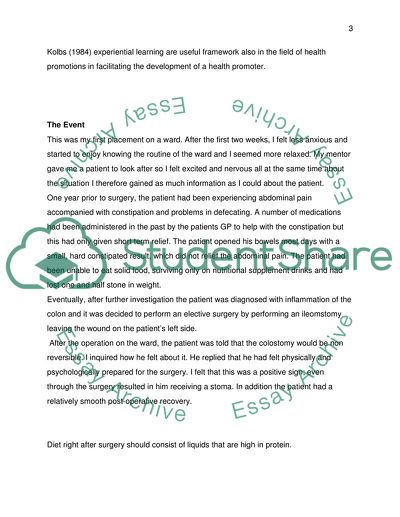Cite this document
(Nursing: Gibbs Model of Reflection Essay Example | Topics and Well Written Essays - 2750 words - 1, n.d.)
Nursing: Gibbs Model of Reflection Essay Example | Topics and Well Written Essays - 2750 words - 1. Retrieved from https://studentshare.org/nursing/1752724-nursing
Nursing: Gibbs Model of Reflection Essay Example | Topics and Well Written Essays - 2750 words - 1. Retrieved from https://studentshare.org/nursing/1752724-nursing
(Nursing: Gibbs Model of Reflection Essay Example | Topics and Well Written Essays - 2750 Words - 1)
Nursing: Gibbs Model of Reflection Essay Example | Topics and Well Written Essays - 2750 Words - 1. https://studentshare.org/nursing/1752724-nursing.
Nursing: Gibbs Model of Reflection Essay Example | Topics and Well Written Essays - 2750 Words - 1. https://studentshare.org/nursing/1752724-nursing.
“Nursing: Gibbs Model of Reflection Essay Example | Topics and Well Written Essays - 2750 Words - 1”, n.d. https://studentshare.org/nursing/1752724-nursing.


